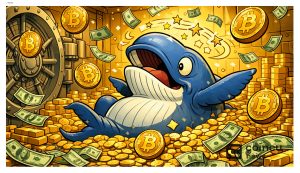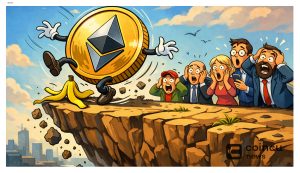The concept of supply and demand is fundamental to understanding how markets function in a market economy. It plays a crucial role in determining the prices of goods and services. In this article, we will delve deeper into the concept of supply and demand, exploring its significance and implications.
What is Understanding Supply?
Supply refers to the quantity of a particular material, asset, product, or service that is available in the economy. It encompasses the total amount of the item in existence, as well as the amount that people can acquire. The availability of a product or service depends on various factors such as production capabilities, resources, and technological advancements.
Supply is not static and can fluctuate based on numerous variables. For instance, if a company increases its production capacity, the supply of its product will likely rise. Conversely, if a natural disaster disrupts the production process, the supply can be adversely affected, leading to a decrease in availability.
What is Understanding Demand?
Demand, on the other hand, represents the desire for products and services. It reflects the number of individuals interested in a particular offering and the price they are willing to pay for it. The demand for a product or service can be influenced by various factors, including price, income levels, consumer preferences, and market trends.
Changes in demand can occur due to several factors. For example, if a product becomes more popular due to effective marketing or positive consumer reviews, the demand for it is likely to increase. Conversely, if a newer and more innovative product enters the market, the demand for an older product may decline.
What is the Supply and Demand Equilibrium?
Supply and demand are interrelated and constantly interact to establish an equilibrium in the market. When the quantity of a product or service demanded by consumers matches the quantity supplied by producers, the market is said to be in equilibrium.
At this equilibrium point, the price of the product or service is stable. If the price is set above the equilibrium level, there will be a surplus in supply, as producers are offering more than what consumers are willing to buy. This surplus puts downward pressure on the price, eventually leading to a decrease until equilibrium is reached.
Conversely, if the price is set below the equilibrium level, there will be excess demand, as consumers are willing to buy more than what producers are offering. This excess demand drives the price up, until equilibrium is once again achieved.
What are examples of Supply and Demand?
Let’s consider some real-world examples to further illustrate the concept of supply and demand:
1. Housing Market: In a booming economy with a high demand for housing, the limited supply of available homes can lead to higher prices. Conversely, during an economic downturn, when demand for housing decreases, the surplus supply can drive prices down.
2. Oil Market: The price of oil is heavily influenced by supply and demand dynamics. If there is an increase in global oil production, the supply will exceed demand, resulting in lower oil prices. Conversely, if geopolitical tensions disrupt oil supply, the limited availability can lead to higher prices.
3. Fashion Industry: The fashion industry is highly sensitive to changes in consumer preferences and trends. When a certain style or brand becomes popular, the demand for it increases, often leading to higher prices. However, if a new trend emerges, the demand for previous styles may decline, resulting in lower prices.
What is the conclusion?
The concept of supply and demand is crucial in understanding how markets operate in a market economy. Supply refers to the quantity of a product or service available, while demand represents the desire for it. The interplay between supply and demand determines the price and availability of goods and services.
By grasping the concept of supply and demand, individuals can gain a deeper understanding of market dynamics and make informed decisions as consumers, investors, or entrepreneurs.
Author: First Digital Trust
Gunnar Jaerv, the Chief Operating Officer of First Digital Trust, is an experienced entrepreneur with a background in technology startups. He has established various tech companies, such as Peak Digital in Hong Kong and Elements Global Enterprises in Singapore.














